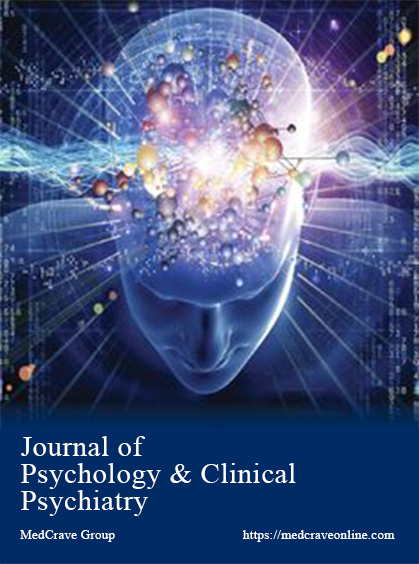Israeli settler violence against Palestinian population ”psycho-social impacts & resilience”
Israeli settler violence against Palestinian population ”psycho-social impacts & resilience”
Author(s): Jamil NasifSubject(s): Organizational Psychology, Behaviorism, Health and medicine and law, Politics and Identity, Peace and Conflict Studies
Published by: MedCrave Group Kft.
Keywords: Israel; Palestine; psychology; mental health;
Summary/Abstract: The objective of this study was to identifying the psycho-social impact of Israeli settlers violence against Palestinian population and its relation with the following variables (Age, Sex, Education, Marital status, Working status, Area, Number of incidence, Type incidence, Source of violence and Direction of incidence”) Also to know the resilience of these population to restore the equilibrium and its relation to the following variables (sex and area). So this study came as a step to reach for a solid information’s about mental health conditions for those people who suffer from settlers violence, because available information’s has been unable to confirm details of a particular incidence impacts. Four hundred twenty three consenting participants who were suffering from Israeli settlers violence , participant was selected purposively, the sample consisted on a groups intervention participants, which were received first psychological aid from NGOs, during the first two weeks to tow years of incidence. The researcher has used CRIES& IES-R scales, and CYRM scale, the data was collected through personal interview, and used SPSS to analyze data. Results: The results showed that children and adults probability having post-traumatic stress disorder, and the most prevalence signs of PTSD were Intrusion is the highest next hyper arousal and lowest is avoidance. The study showed that there is a significant differences related sex in favor to female, source of violence to the favor of settler’s variables between children and adults. But also there is a significant differences related to type of incidence to the favor of property damage and intimidation between adults, also the study showed that there is no significant differences related to marital status, area, education, work status, number of incidence, direction of incidence variables between children and adults, and there is no significant differences related to type of incidence variable between children. Also the results showed that the total means scores of child and youth resilience measure for all ages was having very high. And showed that there is no significant differences on resilience of population at the level of (α=0.05) according to child, youth and adults CYRM total score by gender, and there is no significant on resilience of population at the level of (α=0.05) according to child and adults CYRM total score by city. On the other hand, there is a significant differences on on resilience of population at the level of (α=0.05) according to youth CYRM total score by city to the favor of Qalqilia villages. Conclusion: The results showed that children and adults probability having posttraumatic stress disorder. But also the results showed that child and youth resilience measure for all ages was having very high.
Journal: Journal of Psychology & Clinical Psychiatry
- Issue Year: 9/2018
- Issue No: 5
- Page Range: 510-516
- Page Count: 7
- Language: English

